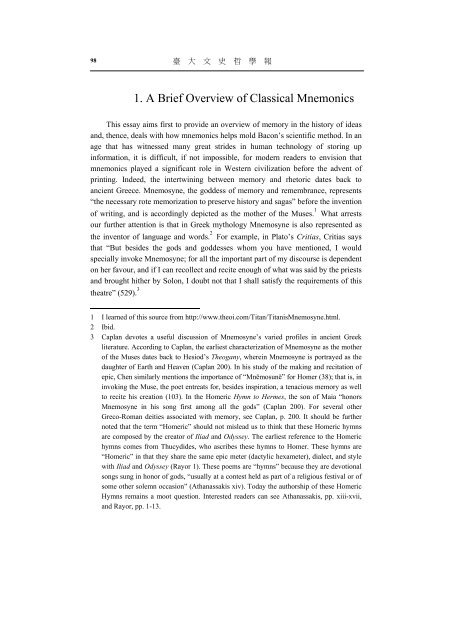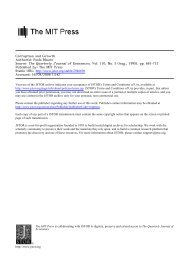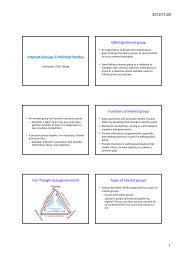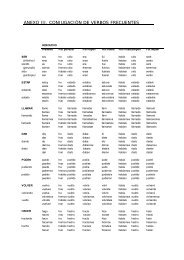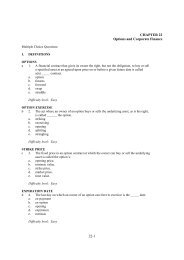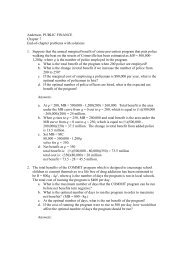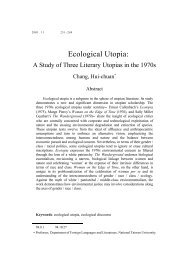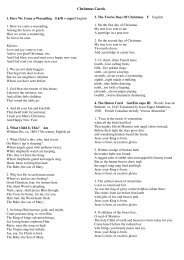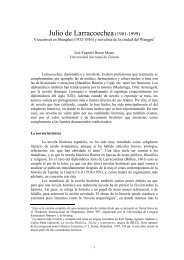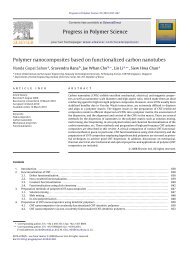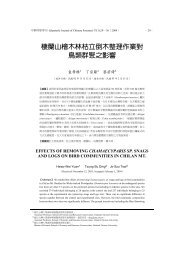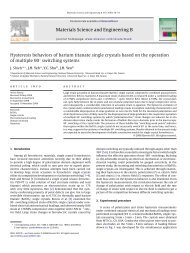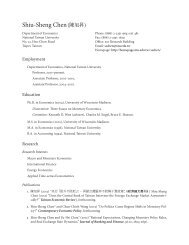Mnemonics and Bacon
Mnemonics and Bacon
Mnemonics and Bacon
You also want an ePaper? Increase the reach of your titles
YUMPU automatically turns print PDFs into web optimized ePapers that Google loves.
98<br />
臺 大 文 史 哲 學 報<br />
1. A Brief Overview of Classical <strong>Mnemonics</strong><br />
This essay aims first to provide an overview of memory in the history of ideas<br />
<strong>and</strong>, thence, deals with how mnemonics helps mold <strong>Bacon</strong>’s scientific method. In an<br />
age that has witnessed many great strides in human technology of storing up<br />
information, it is difficult, if not impossible, for modern readers to envision that<br />
mnemonics played a significant role in Western civilization before the advent of<br />
printing. Indeed, the intertwining between memory <strong>and</strong> rhetoric dates back to<br />
ancient Greece. Mnemosyne, the goddess of memory <strong>and</strong> remembrance, represents<br />
“the necessary rote memorization to preserve history <strong>and</strong> sagas” before the invention<br />
of writing, <strong>and</strong> is accordingly depicted as the mother of the Muses. 1 What arrests<br />
our further attention is that in Greek mythology Mnemosyne is also represented as<br />
the inventor of language <strong>and</strong> words. 2 For example, in Plato’s Critias, Critias says<br />
that “But besides the gods <strong>and</strong> goddesses whom you have mentioned, I would<br />
specially invoke Mnemosyne; for all the important part of my discourse is dependent<br />
on her favour, <strong>and</strong> if I can recollect <strong>and</strong> recite enough of what was said by the priests<br />
<strong>and</strong> brought hither by Solon, I doubt not that I shall satisfy the requirements of this<br />
theatre” (529). 3<br />
1 I learned of this source from http://www.theoi.com/Titan/TitanisMnemosyne.html.<br />
2 Ibid.<br />
3 Caplan devotes a useful discussion of Mnemosyne’s varied profiles in ancient Greek<br />
literature. According to Caplan, the earliest characterization of Mnemosyne as the mother<br />
of the Muses dates back to Hesiod’s Theogany, wherein Mnemosyne is portrayed as the<br />
daughter of Earth <strong>and</strong> Heaven (Caplan 200). In his study of the making <strong>and</strong> recitation of<br />
epic, Chen similarly mentions the importance of “Mnēmosunē” for Homer (38); that is, in<br />
invoking the Muse, the poet entreats for, besides inspiration, a tenacious memory as well<br />
to recite his creation (103). In the Homeric Hymn to Hermes, the son of Maia “honors<br />
Mnemosyne in his song first among all the gods” (Caplan 200). For several other<br />
Greco-Roman deities associated with memory, see Caplan, p. 200. It should be further<br />
noted that the term “Homeric” should not mislead us to think that these Homeric hymns<br />
are composed by the creator of Iliad <strong>and</strong> Odyssey. The earliest reference to the Homeric<br />
hymns comes from Thucydides, who ascribes these hymns to Homer. These hymns are<br />
“Homeric” in that they share the same epic meter (dactylic hexameter), dialect, <strong>and</strong> style<br />
with Iliad <strong>and</strong> Odyssey (Rayor 1). These poems are “hymns” because they are devotional<br />
songs sung in honor of gods, “usually at a contest held as part of a religious festival or of<br />
some other solemn occasion” (Athanassakis xiv). Today the authorship of these Homeric<br />
Hymns remains a moot question. Interested readers can see Athanassakis, pp. xiii-xvii,<br />
<strong>and</strong> Rayor, pp. 1-13.


